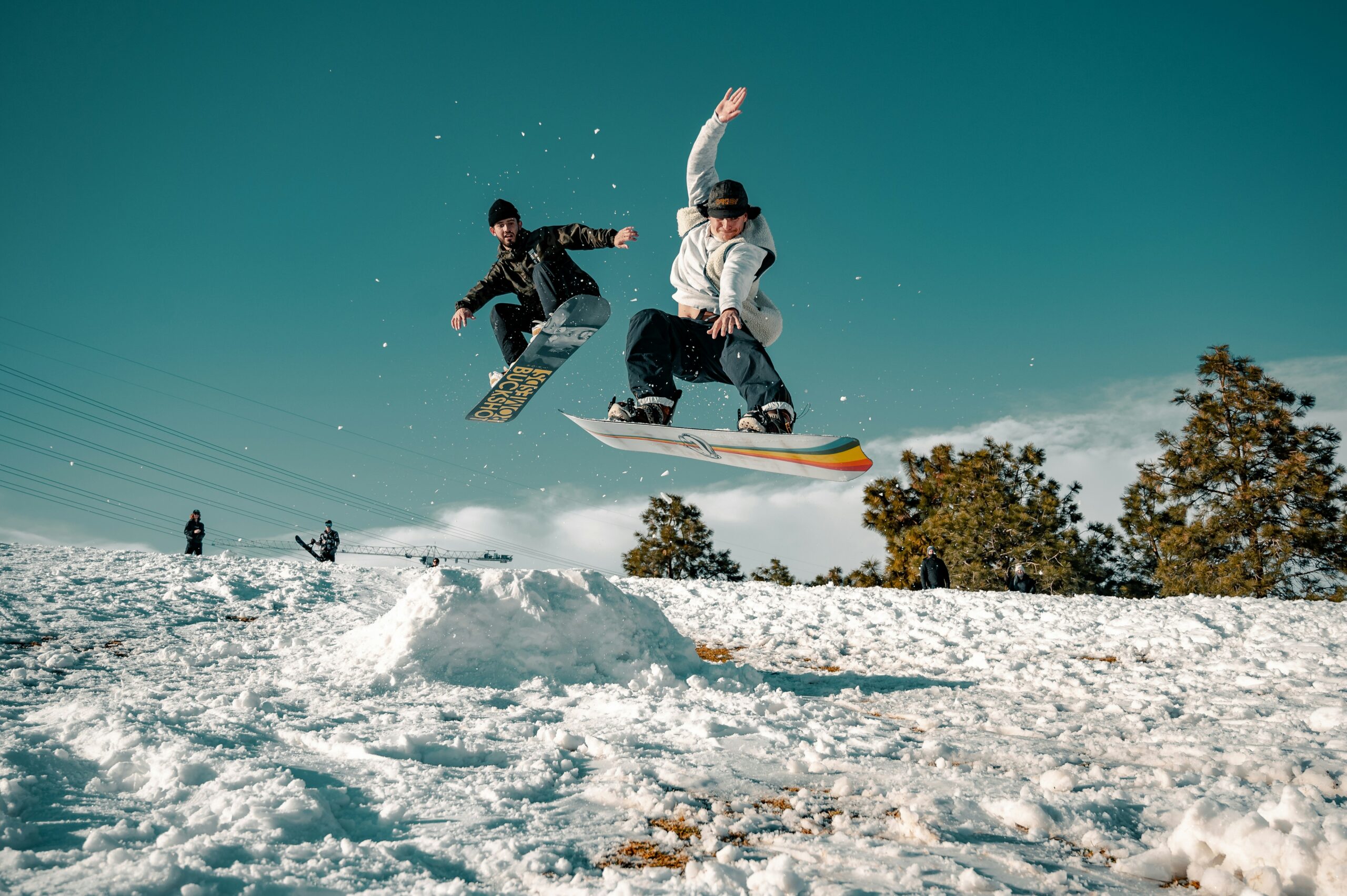
Winter sports, ranging from skiing to ice hockey, require not only physical prowess but also well-structured strategic planning to succeed. From elite athletes to recreational enthusiasts, successful implementation of a strategy can be the key to achieving better performance, safety, and overall enjoyment. Effective winter sport strategy implementation involves a combination of technique, training, and well-thought-out preparation. This article outlines essential steps to help athletes, coaches, and teams implement winter sport strategies with precision.
Preparation and Training
The first step in successful strategy implementation in winter sports lies in proper preparation and training. Athletes must develop a routine that emphasizes both strength and endurance to handle the challenges posed by winter sports conditions. Incorporating sport-specific exercises into the training regimen helps athletes prepare their bodies for the physical demands of the sport. For instance, skiers and snowboarders should focus on flexibility, core strength, and cardiovascular endurance to improve agility and stamina on the slopes. Meanwhile, ice hockey players require explosive power and fast reflexes, both of which can be enhanced through targeted drills and conditioning.
In addition to physical fitness, mental preparation plays a critical role in strategy execution. Athletes must focus on building mental toughness to stay focused under pressure. Coaches should foster a positive mindset and ensure athletes understand the importance of resilience. Visualization techniques, mindfulness practices, and consistent goal-setting can enhance focus and prepare athletes mentally for high-stakes situations. Therefore, the foundation of a successful strategy begins with preparation that encompasses both physical and mental aspects.
Analyzing the Environment
Winter sports often take place in unpredictable environments, with weather conditions playing a massive role in performance. For a strategy to be effective, it’s essential to analyze and adapt to these changing conditions. Athletes and coaches should monitor weather forecasts and track environmental conditions, such as snow quality, temperature, and wind speed, to optimize their strategies. This analysis is crucial for determining how athletes should adjust their techniques, gear, and approach based on the environment they are in. Skiers, for instance, need to assess snow conditions before deciding which slopes to tackle and which skiing techniques to use for maximum performance.
Furthermore, understanding the competition is vital in winter sports strategy. By analyzing opponents’ strengths and weaknesses, athletes and teams can adapt their approach to outmaneuver competitors. Coaches should emphasize video analysis and other tools to identify trends in the competition’s performance. This allows for strategic planning that is more focused and precise. Whether it’s adjusting to weather conditions or analyzing competition dynamics, thorough environmental analysis is crucial to strategy implementation.
Team Collaboration and Communication
While individual talent plays a significant role in winter sports, team collaboration and communication are equally essential for success. Teams that work together cohesively can leverage each member’s strengths and compensate for any weaknesses. In sports like ice hockey and bobsledding, where teamwork is central, maintaining clear communication ensures that each member of the team stays on the same page and can make necessary adjustments during gameplay. Coaches should cultivate an environment that fosters open lines of communication, allowing players to express concerns, ideas, and observations.
Additionally, team members must understand their roles within the strategy. Whether it’s in defense, attack, or other specific responsibilities, every player should have a clear understanding of how they contribute to the overall game plan. This mutual understanding strengthens the execution of the strategy and leads to smoother transitions during high-pressure moments. Effective communication and teamwork are essential to successfully implementing a strategy and achieving victory in winter sports.
Adaptation and Flexibility
No matter how well a strategy is planned, it is vital to remain adaptable. Winter sports are inherently unpredictable, and athletes must be prepared to modify their tactics depending on how the event unfolds. For instance, a skier may need to adjust their technique mid-race due to a change in snow conditions, or a hockey team might have to change their style of play if they are trailing in the final period. Being flexible and adaptable allows athletes to respond to challenges in real-time and keep their strategy in motion, even when circumstances change rapidly.
Coaches play a crucial role in fostering this adaptability. By promoting a culture that values quick thinking and responsive action, athletes are better equipped to handle unexpected challenges. Drills that simulate high-pressure scenarios or altered conditions can help athletes practice staying focused and adaptable when things go off-script. Flexibility in strategy ensures that athletes are ready for anything that comes their way during a winter sports event.
Review and Reflection
The final step in successful strategy implementation is reviewing and reflecting after each event or practice. Teams and individuals must assess what went well and what could be improved. This reflection process allows athletes and coaches to pinpoint weaknesses in the strategy and work on refining them for future performances. Post-event reviews also provide an opportunity to reinforce positive behaviors and actions, boosting confidence and morale. Reflecting on strategies that worked and learning from those that didn’t ensures continuous improvement and success over time.
Implementing a winter sport strategy requires careful preparation, environmental awareness, team collaboration, flexibility, and consistent reflection. By focusing on these critical aspects, athletes and teams can develop effective strategies that optimize performance and provide a competitive edge in winter sports. Successful strategy implementation is not just about planning—it’s about the ability to adapt, work together, and continually improve for future success.